5 things to consider when choosing hearing protection
Are you even an audiologist if you don’t go off on a diatribe about unsafe listening levels every summer? Summer is the time everyone’s to do list is as long as a CVS receipt with travel and home projects. Summer is also the time for increased exposure to dangerous listening levels. I’m referring to motorcycle tours, power tools, lawn mowing, concerts, tree trimming, motorsports, fireworks, etc.
Noise-induced hearing loss is cumulative, somewhat like a lifetime of sun exposure and skin damage. This will affect your communication as you age. You may not care that you have a difficult time communicating, but your loved ones definitely will. Hearing aids do not work like glasses. Science is working hard to regrow cells in the organ of hearing, but don’t hold your breath.
Picture a nice grassy backyard with a treehouse in the back corner. Your kids sprint from the back door to the treehouse at least twice a day. In the beginning, the blades of grass they run across pop right back up. However, overtime you start to see the blades recover more slowly until one day they no longer pop up. Eventually, this becomes a dirt path.
This is an analogy for noise-induced hearing loss.
Grass = hair cells in the organ of hearing
Kids’ shoes = loud noise levels
Did you know that hair cells in the organ of hearing (cochlea) are one of the few types of cells that cannot regenerate? Your only option is to protect what you have. An audiologist can’t restore your hearing like a roll of sod can fix a dirt path.
Ok, you’re on board! Do you have appropriate hearing protection?
Here’s what to look for when comparing products:
NRR- Noise Reduction Rating is a measurement of the effectiveness of hearing protection devices to decrease sound exposure within a given environment. The higher the NRR, the greater the noise reduction. Unfortunately, the math to actually calculate the true volume attenuation isn’t so straightforward. Here’s an example- You have NRR 31 dB earmuffs, and you’re working with power tools at a volume level of 100 dB. To put 100 dB in perspective, OSHA recommends less than 2 hours per day of exposure to 100 dB, otherwise hearing protection is required to prevent permanent hearing loss. It would be great if you could simply subtract 31 from 100, but no. Here’s the math:
(31-7) / 2 = 12 dB reduction in noise (attenuation)
This means your exposure is now at 88 dB (100-12) which is technically below OSHA’s 8 hour cut off at 90 dBA.
If you’re not sure what noise levels you are commonly exposed to, check out the NIOSH sound level meter app here. It has been rated as one of the more reliable free apps on the market.
Filters- You may notice some products have acoustic filters. The purpose of filters is to tailor your listening environment. For example, filters designed for listening to music try to decrease all frequencies (pitches) equally to act like a volume control at a concert. You want to keep the full fidelity of the music while listening at a safer volume. Same thing for construction tools or dental instruments. You want to make sure you’re covered in the higher frequencies where sound levels can be the most damaging. Pro tip- Find a company that shares the attenuation across frequencies.
Reusable vs disposable- Regardless of this choice, the important thing to keep in mind is keeping your earplugs clean.
Accessories- Do you have to take your earplugs out multiple times a day? A retention line or lanyard will make this simple. Also, consider volume/radio controls, two-way communication, Bluetooth streaming, replaceable ear pads, rechargeable vs standard batteries and protective cases, to name a few.
Warranty- Quality hearing protection is an investment. Look for flexible return policies and warranties.
Hear to There Audiology offers hearing protection!
Universal Earbuds:
One of the most trusted hearing aid manufacturers now offers hearing loss prevention! This new portfolio from Phonak Serenity Choice™ includes 6 products across various applications including: Music, Hunting & Shooting, Motorsport, Work, Sleep and Comfort. These universal earbuds come with 3 sizes to ensure a perfect fit, a 2 year warranty and free shipping! Shop now!
Custom Earbuds:
Phonak Serenity Choice™ can also be made as a custom earmold. This requires a custom earmold impression performed by a trained audiologist. A custom earmold ensures accurate insertion every time. Improper insertion is one of the most common mistakes that results in reduced hearing protection. Custom filters allow the best listening experience for your unique environment. We also offer standard silicone options without filters. Book now for custom earmold impressions!
Earmuffs:
Earmuffs (headphones) sit over the ears. There are many affordable, durable options that also include Bluetooth streaming and noise canceling technology. I do not currently have earmuffs in stock, but I have options available through audiology retailers. Shipping times will vary. Let me know if you have questions.
Remember to protect your whole family’s hearing this summer!
